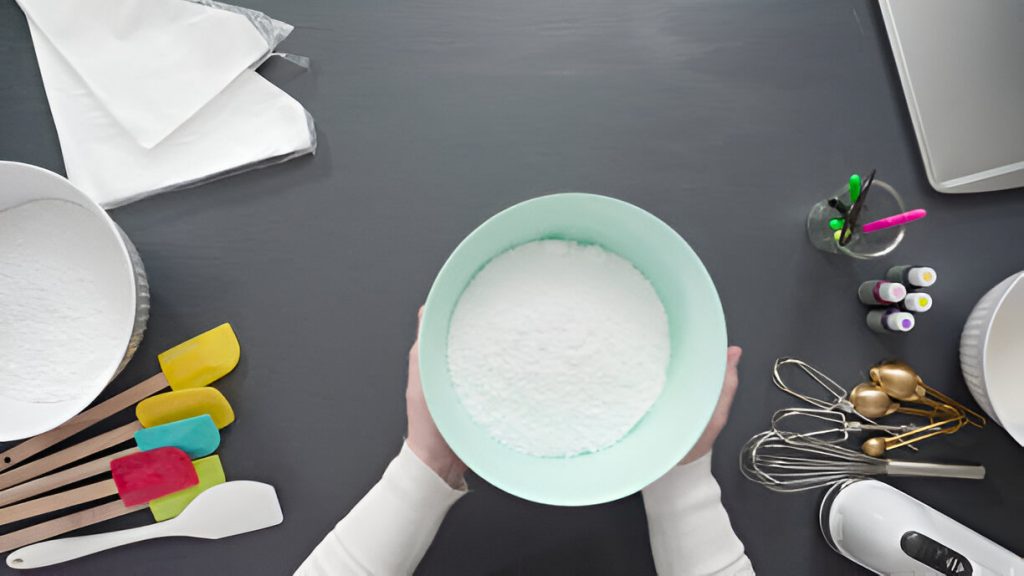If you’ve ever found yourself in the morning haze, wondering how to get that perfect cup of coffee just right for 12 cups, fret not. In this article, we’ll guide you through the precise measurements and techniques needed to brew a robust pot every time. From standard ratios to adjusting for your taste preferences, you’ll soon master the art of brewing that ideal batch of joe. Let’s dive in and elevate your coffee game!
Standard Measurement for 12 Cups
You’ll want to use around 3/4 cup of coffee grounds for brewing 12 cups. When it comes to brewing techniques, the key is finding the right balance between strength and flavor. Different roast levels can impact the taste of your coffee; light roasts are more acidic, while dark roasts tend to be bolder and have a richer flavor profile. Grind size also plays a crucial role in extraction – too fine, and you might end up with bitter coffee; too coarse, and it could taste weak. Additionally, water temperature is essential; aim for around 195-205°F for optimal extraction. By considering these factors, you can brew a delicious pot of coffee every time!
Coffee-to-Water Ratio
When brewing 12 cups of coffee, aim for a specific ratio of water to ground beans. It’s essential to get the right balance for a perfect brew. Here are some tips to enhance your coffee experience:
- Brewing Techniques
- Experiment with different methods like pour-over, French press, or espresso for unique flavors.
- Adjust grind size and brewing time based on your preferred strength.
Remember these key factors when exploring the world of coffee:
- Flavor Profiles: Different regions offer distinct taste profiles influenced by climate and growing conditions.
- Coffee Origins: Understanding where your coffee comes from can provide insight into its flavor nuances.
- Roasting Methods: Light, medium, or dark roasts impact the final taste significantly.
- Bean Varieties: Explore diverse bean types such as Arabica or Robusta for varying flavor complexities.
Adjusting for Personal Preference
Exploring different brewing techniques allows for customization based on your personal preferences. When it comes to coffee, the options are vast. Your roast preferences can range from light to dark, influencing the flavor profile significantly. Consider experimenting with various brewing methods like pour-over, French press, or espresso machines to find what suits you best. Bean origins play a crucial role in taste; whether you prefer beans from Ethiopia, Colombia, or Brazil, each origin offers distinct flavors. Adjusting grind size can impact the strength and extraction of your coffee. Additionally, paying attention to water temperature is essential as it affects the final taste. Embrace these variables and tailor your coffee experience to match your unique tastes.
Using a Coffee Scoop
To accurately measure your coffee, simply scoop beans into the designated tool provided for consistent brewing results. When using a coffee scoop, consider the following:
- Scoop size
- Different scoops hold varying amounts of coffee due to their sizes.
- Choose a scoop that matches your desired coffee strength.
- Scoop accuracy
- Ensure you fill the scoop consistently each time for accurate measurements.
- Accuracy in scooping leads to consistent brewing results.
Understanding proper scoop technique is crucial to achieving a perfect brew every time. Be mindful of any scoop variation between different brands or types of scoops especially the amount of scoops of coffee for 12 cups, and always make a fair scoop comparison before settling on one for your daily coffee routine.
Calculating Grounds for Different Strengths
You should adjust the amount of coffee you use based on how strong you prefer your brew. Achieving bold flavors, rich aroma, a smooth finish, balanced strength, or an intense brew all depends on the ratio of coffee grounds to water. To help you navigate this process more easily, here’s a handy guide:
| Strength Level | Coffee (in cups) | Water (in cups) |
|---|---|---|
| Bold Flavors | 1 | 12 |
| Rich Aroma | 1.5 | 12 |
| Smooth Finish | 2 | 12 |
| Balanced Strength | 2.25 | 12 |
| Intense Brew | 2.5 | 12 |
Experiment with these ratios to find your perfect cup of coffee!
The Importance of Consistency
Maintaining consistent ratios in brewing is key to achieving your desired coffee strength and flavor profile. When focusing on flavor balance, consider experimenting with different brewing techniques to enhance your coffee experience. Additionally, the roast level of your beans plays a significant role in the final taste of your brew. Ensuring grinding consistency is crucial as it affects extraction and ultimately impacts the flavor of your coffee. Remember that understanding your taste preferences will guide you in adjusting variables like grind size or water temperature for a personalized cup of coffee. By paying attention to these elements, you can consistently create a delicious brew tailored to your liking.
Grinding Your Own Beans
Exploring different grind sizes for your beans can greatly impact the flavor and strength of your brew. When it comes to bean freshness, always aim to use recently roasted beans for the best taste. The grind size is crucial; a finer grind works well for espresso machines, while a coarser grind suits French presses. Different brewing methods like pour-over or drip machines require specific grinds to extract the ideal flavors. Understanding flavor profiles is key – finer grinds often result in more intense flavors, whereas coarser grinds might bring out subtler notes. Lastly, proper storage tips are essential to maintain bean freshness; store them in an airtight container away from light and moisture to preserve their quality.
Decaffeinated Coffee Considerations
If you’re considering decaffeinated coffee, there are several aspects to take into account after grinding your beans. Decaf coffee has its own allure, offering a variety of benefits that might pique your interest. Here’s what you should know:
- Health Benefits:
- Reduced caffeine intake can be beneficial for those sensitive to stimulants.
- Caffeine Content:
- While decaf still contains some caffeine, it is significantly lower than regular coffee.
When exploring decaf options, pay attention to the flavor profiles, brewing methods, and sustainability practices of different brands. These factors can greatly impact your overall enjoyment and satisfaction with your cup of decaffeinated brew.
Factors Affecting Brewing
Factors affecting brewing include the grind size, water temperature, and brew time when making decaffeinated coffee. The water temperature plays a crucial role in extracting flavors; aim for around 195-205°F for ideal extraction. Pay attention to extraction time, as over or under-extraction can result in bitter or weak coffee. Grind size and filter type influence the final taste; adjust based on your preference for strength. Freshness of beans and roast level impact flavor profiles significantly; opt for fresher beans and experiment with different roasts. Bloom time before brewing and agitation technique during brewing affect the overall extraction process. Lastly, consider the age of your coffee and storage method to maintain quality and flavor over time.
Experimenting With Flavors
Try blending different spices like cinnamon and nutmeg into your decaffeinated brew for a unique flavor experience. When experimenting with flavors in your coffee, consider the following:
- Flavor Profiles
- Explore how different spices or extracts can enhance the taste of your coffee.
- Try incorporating natural sweeteners like honey or maple syrup for a subtle sweetness.




